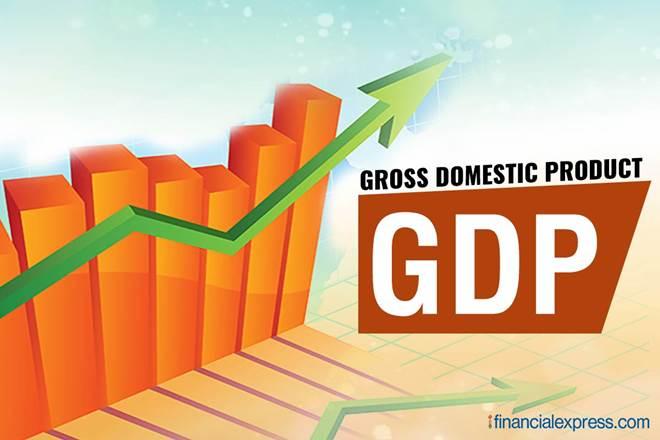Sri Lanka revenue drained through interest costs, debt servicing and recurrent expenditure etc severely limits the government’s ability to respond to economic slowdowns.
Government revenue as a percentage of estimated GDP declined during the first seven months of 2019 to 6.7 per cent from 7.5 per cent recorded in the corresponding period of 2018.
During the same period, total expenditure and net lending as a percentage of estimated GDP increased to 11.1 per cent from 10.7 per cent recorded in the corresponding period of 2018. During the same period,
Overall budget deficit as a percentage of estimated GDP increased to 4.4 per cent from 3.2 per cent recorded in the corresponding period of the previous year.
In financing the budget deficit, domestic financing increased to 3.7 per cent of estimated GDP compared to 1.3 per cent in the corresponding period in 2018, while foreign financing as a percentage of estimated GDP declined to 0.7 per cent from 1.9 per cent recorded in the corresponding period of 2018.
In nominal terms, outstanding central government debt increased to Rs. 12,645.9 billion by end July 2019 from Rs. 11,977.5 billion at end 2018.
Accordingly, total outstanding domestic debt increased by 7.2 per cent to Rs. 6,453.1 billion, and the rupee value of total outstanding foreign debt increased by 3.9 per cent to Rs. 6,192.8 billion by end July 2019.
The total outstanding market liquidity was a deficit of Rs. 19.911bn by end of the week, compared to a deficit of Rs. 39.226 bn by the end of last week.
The reserve money decreased compared to the previous week mainly due to the decrease in currency in circulation and deposits held by the commercial banks with the Central Bank.
During the year up to 27th September 2019 the Sri Lanka rupee appreciated against the US dollar (0.5 per cent).
Given the cross currency exchange rate movements, the Sri Lanka rupee appreciated against the pound sterling (3.5 per cent), the euro (5.3 per cent) and the Indian rupee (2.0 per cent) while depreciated against Japanese yen (1.9 per cent) during this period.
During the period, crude oil prices showed a decreasing trend. The weak industrial demand from Europe and Japan mainly supported this price decline.
(LI)

